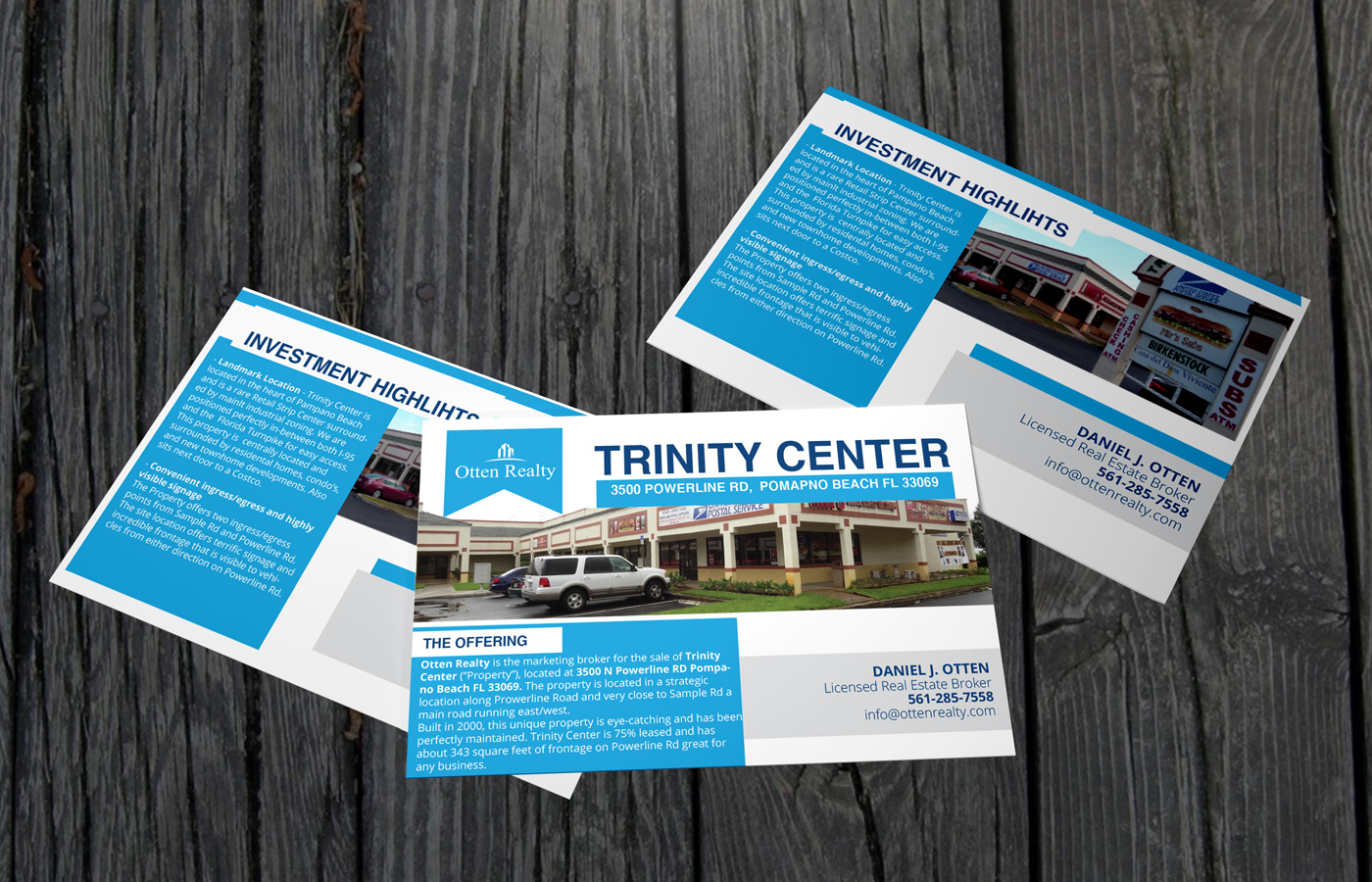How To Get Best Direct Mail Response
 Direct mail postcards have long been the workhorse of direct marketing. Direct marketers have used postcards for decades, simply because they work. Why else would they still be around after all these years? But as with any other form of marketing, direct mail postcards should be optimized in every way possible. To get the highest return on your investment, you must seek constant improvement in all aspects of your postcard marketing program. After working in the direct mail postcard industry for a few years, I’ve noticed some trends. I’ve seen which postcard strategies work the best, and which ones should be avoided. And I’d like to share a little of that with you right now. Just keep in mind that the only way to truly validate a direct mail strategy is to try it for yourself.
Direct mail postcards have long been the workhorse of direct marketing. Direct marketers have used postcards for decades, simply because they work. Why else would they still be around after all these years? But as with any other form of marketing, direct mail postcards should be optimized in every way possible. To get the highest return on your investment, you must seek constant improvement in all aspects of your postcard marketing program. After working in the direct mail postcard industry for a few years, I’ve noticed some trends. I’ve seen which postcard strategies work the best, and which ones should be avoided. And I’d like to share a little of that with you right now. Just keep in mind that the only way to truly validate a direct mail strategy is to try it for yourself.
So here are 6 best ways to improve your direct mail postcard response rates:
1. Start with the idea.
A good offer will motivate people to respond. A solid promise of value will motivate people to respond as well. We need to brainstorm: “Wow, I definitely want to learn more about that!” response.
2. Invest in your mailing list.
Now that you have a big idea for your direct mail postcards, you’ll need to match it to the right group of people. In reality, you should already have a profile in mind of your ideal customers — that’s Good Business 101. You’ll need a direct mail list that matches your ideal audience profile as closely as possible.
Don’t skimp on this step. An in-house list of qualified prospects is usually the best way to go. If you don’t have one, call in the experts. Use a professional data company like InfoUSA, or a highly regarded list broker to assist you.
3. Polish that headline.
Direct mail postcards have only a brief moment to capture the reader’s attention. I refer to this as the “golden glimpse” — that moment when your postcard comes out of the mailbox and either engages them or loses them. A strong direct mail headline goes a long way in helping you survive the golden glimpse. So rewrite your headline as many times as needed until it is (A) easy to read at first glance, (B) interesting in some way, and (C) suggestive of the value to come.
4. Choose the right image.
You should only have one big or two smaller dominant images on the non-address side of the postcard. Don’t choose an image just because you think it’s neat or pretty. Your postcard’s image will support the headline mentioned above, and vice verse. Together, they must identify and engage the audience. So choose an image for your direct mail postcards that is (A) eye-catching, (B) relevant to your headline and message, and (C) relevant to the reader.
5. Limit the scope.
We’ve already mentioned the limited space of a direct mail postcard. Because of this, it’s wise to limit the scope of your message to one major product or idea. Make it your direct mail copywriting mantra: “One idea per postcard!”
By limiting each postcard to one product (or service, or idea, or topic), you can develop it in a way that is more likely to generate a response. You could explain the primary benefits, offer a testimonial or two, include some product photos, and make a strong offer. But you can’t do all that while covering several topics, not on a direct mail postcard anyway. Save the multi-topic sales pitch for your brochures and website.
6. Clarify your message.
I’ve read a lot of marketing pitches over the years that I simply did not understand. This comes from a writer who makes assumptions about his or her audience. Don’t ever assume that people will understand your product or service as well as you — they don’t. So on your direct mail postcards, your message has to be crystal clear and easy to understand, with only one read-through. If people don’t get it the first time around, they may not give you another chance.